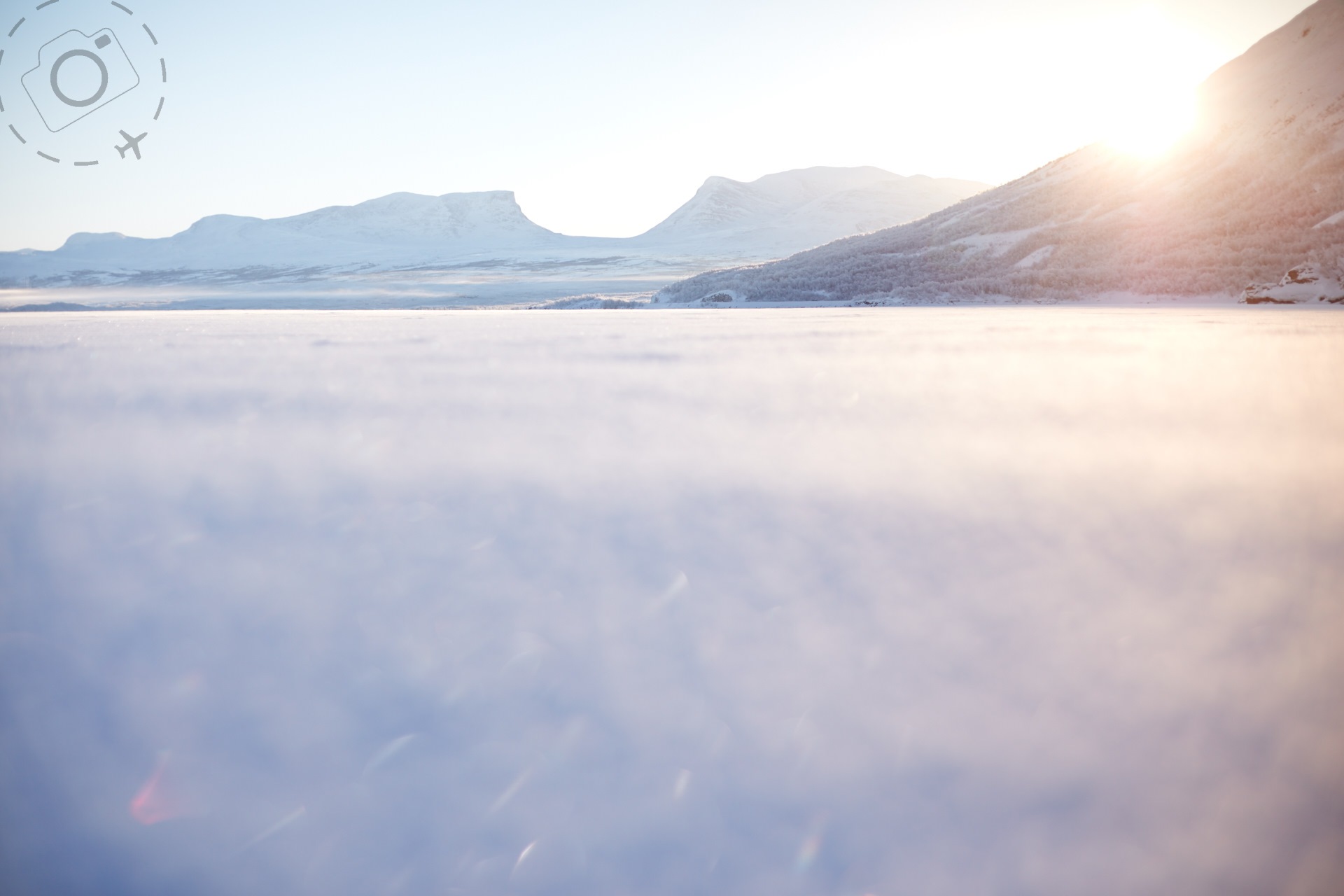It always comes as a shock to people that photographers have a point of view. Sometimes it’s a political leaning that emerges from a press photographer who is seduced by the proximity of power, or the landscape photographer who slips further and further into environmental activism. I am surprised that this so often causes people to be surprised. Any photographer worth their salt is offering a perspective. They are editing the world through their photos.
Photography is not a passive pursuit. The camera is anything but inert once held in the hands of a human being. Photography is art, it’s an act of expression. When you have something to say through your photography it takes on meaning. When you don’t it becomes worthless. There is no such thing as “Documentary”, not in the pure sense. Documentary is just another genre in the art form, one that borrows a great deal of license from journalism without paying its dues.
The Taj Mahal sits on the banks of the Yamuna River. Until a little more than decade ago there were shanty communities pressed up against the walls of this holy site. You rarely used to see them in the photographs though, because most photographers come to capture the grandeur of India, not its shame. They cleaned up the shanties however, so now the photos taken from across the river bank reveal a scene of noble serenity in the dawn light. If you clone out the discarded trash floating down stream.
Every aspect of a photograph is open to interpretation. The capture. The selection. The processing. The presentation. The curation. The caption. Nothing is “documentary”, and nor should it be. The photographer needs to be present in their work if it is to hold any value at all. The camera must look both ways.
Dan Froomkin recently wrote a powerful article about the great failing of modern journalism and the quest for “objectivity”. Not only is the goal of neutrality a luxury we cannot afford, but it sanitises our ability to be persuasive. If you remove what is personal you hobble the very power of your own words. Why have a voice if you refuse to say what matters to you most? Worse still, our media has learned to “both sides” any issue no matter how tenuous and morally broken one of those side may be. Beware false prophets.
The camera is my voice. It gives me the power to share a moment, to reveal the truth as I see it, to hold onto facts and I experienced them. My photos are not documentary, they are personal. Very very personal. They are born of my life and my existence. They reflect my world, not yours. The world I let you see, not the one I keep to myself.
There exists a fine line between expression and distortion, and where that line sits depends on what your audience expects of you.
"A picture tells a thousand words” and yet can still say nothing. There is no truth in information alone, indeed you can pour so many facts into a single photograph that the truth drowns before your very eyes. It is the responsibility of the photographer to steer the eye towards what matters – in the opinion of the photographer.
Sometimes as photographers we hide ourselves behind the photos. Sometimes we are shy. Sometimes we are unconvinced. Sometimes we are broken. Even when we hide ourselves there is evidence in our absence. We become conspicuous by omission.
My advice is to stop hiding. Stop pretending. Stop sitting on the fence. If you want your photography to be worth anything at all, get your skin in the game. Let the camera give you a voice. Great art speaks to its audience. So what have you got to say today?

Keep Reading
Join Ewen's newsletter for monthly updates on new photography articles and tour offers...Subscribe Here









